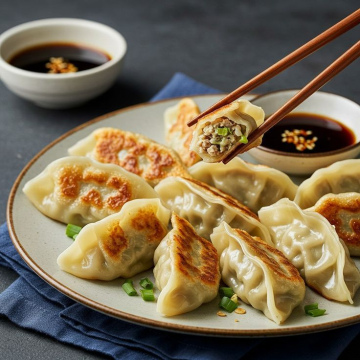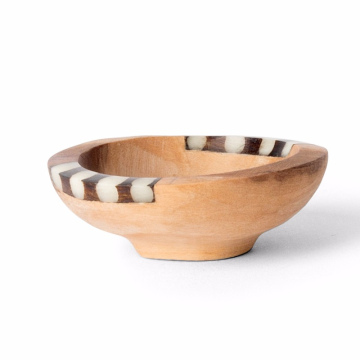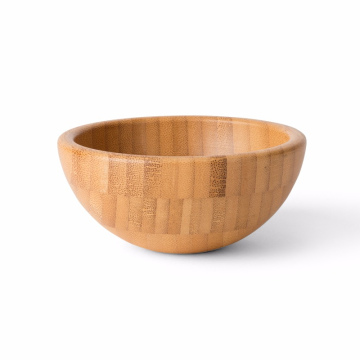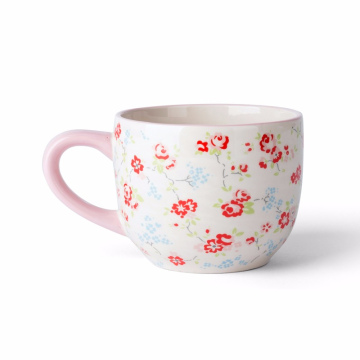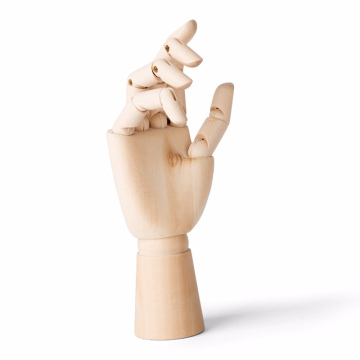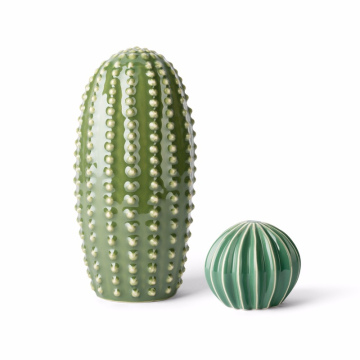The Historical Roots of Tea in Spain
Tea has a rich and intricate history in Spain, with roots that date back centuries. Its introduction can be traced to the ancient trade routes that allowed for the exchange of goods between Asia and Europe. The earliest recorded mention of tea in Spain occurred during the 16th century, thanks to explorers and traders who brought this exotic beverage back from their journeys. Initially, tea was viewed as a luxury item, enjoyed primarily by the affluent classes who wished to showcase their sophistication and connection to global trade.
The infusion of tea into Spanish culture was also significantly influenced by the convergence of various cultures over time. The arrival of the British and Dutch traders in the 17th century further popularized tea, as these nations had established their own traditions surrounding this beverage. The 18th century saw the establishment of tea houses across Spain, particularly in larger cities such as Madrid and Barcelona, where citizens began to gather to enjoy tea. Foreign customs, particularly those from England, began to blend with local traditions, creating a unique Spanish version of tea culture.
One of the pivotal figures in promoting tea consumption in Spain was the Royal Family, who endorsed the drink among the elite. This royal patronage helped establish tea drinking as a fashionable practice, which eventually trickled down through the social strata. Over the years, various events shaped the evolution of tea appreciation, such as the rise of herbal infusions, which became popular alternatives to traditional tea. Today, Spanish tea culture continues to thrive, reflecting both its historical roots and the influence of contemporary trends.
Top Tea Houses and Cafés Across Spain
Spain boasts a vibrant tea culture, and its cities are home to a range of charming tea houses and cafés that cater to both locals and visitors. These establishments offer a unique ambiance, specialty teas, and diverse experiences that celebrate the art of tea. In Madrid, one can find El Jardín Secreto, a hidden gem nestled in the bustling city center. This whimsical tea house features a lush garden setting where patrons can enjoy an extensive selection of loose leaf teas, including specialty blends like the “Violet Dream.”
The enchanting atmosphere, infused with fragrant floral notes, creates an ideal backdrop for tea enthusiasts and casual visitors alike.
Moving to Barcelona, La tarde stands out with its eclectic décor and cozy atmosphere. Known for its extensive menu, which features both traditional and herbal teas, La tarde also offers a delightful experience of traditional tea ceremonies. Visitors can indulge in signature blends such as the “Chai del Mar” while savoring homemade pastries that complement the tea selections. This café not only serves high-quality teas but also promotes a rich cultural experience through its engaging workshops and tastings.
In the heart of Seville, Cafetería La Banda offers a unique twist on the tea experience, emphasizing a blend of Spanish and international flavors. Here, patrons can explore a variety of infusions, notably the popular “Jasmine Green Tea,” which is celebrated for its refreshing taste. The café is also known for its vibrant community events, providing an inviting space for tea lovers to connect and learn about the diverse cultures reflected in each cup.
Each of these locations not only serves exquisite tea but also embodies the flourishing tea culture in Spain. Whether you are a connoisseur or a casual drinker, exploring these top tea houses and cafés promises a delightful journey into the rich world of tea.
Tea Festivals and Events in Spain
Spain has emerged as a vibrant hub for tea enthusiasts, celebrating the rich tapestry of tea culture through various festivals and events held throughout the year. These gatherings not only showcase an impressive range of teas from around the world but also offer an insightful glimpse into the social and cultural significance of tea in Spanish society.
One notable event is the International Tea Festival, typically held in April in Barcelona. This festival attracts wide participation, featuring a diverse array of exhibitors presenting various types of teas, from traditional black and green to herbal and specialty blends. Attendees can engage in tastings, participate in interactive workshops led by tea experts, and enjoy cultural performances inspired by the art of tea. The festival provides an excellent opportunity to explore new flavors and learn about brewing techniques.
Another prominent occasion is the Valencia Tea Celebration, which unfolds in early autumn. This event focuses on the historical and cultural aspects of tea, highlighting its journey from cultivation to consumption. Alongside tastings, visitors can partake in seminars that delve into the health benefits of tea, offering a comprehensive experience of its culinary and wellness aspects.
For those planning to attend these festivals, it is advisable to purchase tickets in advance, as many events sell out quickly. Upon arrival, visitors can expect an atmosphere filled with camaraderie, where fellow tea lovers gather to share their passion. To enhance the experience, attendees are encouraged to participate in workshops and engage with exhibitors to discover unique preparations and blends.
These tea festivals stand as a testament to Spain's growing appreciation for tea, fostering social ties and cultural exchange among participants.
Tea Pairings: Traditional Spanish Treats to Enjoy
In the context of Spanish gastronomy, the experience of enjoying tea can be elevated significantly through thoughtful pairings with traditional treats. The diverse range of Spanish sweets, pastries, and snacks provides numerous options to complement various types of tea, creating a delightful culinary journey. For example, pairing green tea with pestinos, a fried pastry often sprinkled with sugar and cinnamon, enhances the floral notes of the tea, while balancing the sweetness of the treat.
Another harmonious match can be found in pairing black tea with churros, particularly when served with a rich chocolate dipping sauce. The robust flavor of black tea cuts through the indulgence of the churros, offering a delightful contrast that elevates both components. Additionally, the light and fruity notes of white tea can be nicely complemented by tarta de Santiago, a traditional almond cake from Galicia, which brings an exquisite sweetness to the palate.
For those who appreciate herbal infusions, infusión de manzanilla (chamomile tea) pairs beautifully with polvorones, a crumbly almond cookie typical during festive seasons. The soothing nature of chamomile complements the richness of the cookie, creating a calming yet satisfying snack experience.
When it comes to hosting a tea party featuring Spanish cuisine, consider presenting a selection of teas alongside an assortment of these traditional treats. Offering small plates allows guests to sample various pairings, creating an engaging experience that highlights the unique relationship between tea and Spanish flavors. A carefully curated selection of teas, such as oolong or rooibos, can further enhance the array of delectable pastries and sweets, ensuring an unforgettable occasion that celebrates both tea and gastronomy.
